You don’t need a fancy notebook to start a bullet journal—lined paper works just as well and can even offer more structure and simplicity, especially for beginners.
This guide will show you how to make a bullet journal on lined paper and seamlessly weave in tips for how to use bullet journal and personalize it to fit your needs.
Why Use Lined Paper for Bullet Journaling?
- Accessibility: Lined notebooks are easy to find in stores, unlike dotted or blank journals.
- Structure: The lines help keep your writing neat and organized, making it easier to learn how to write a bullet journal and how to write neat in a bullet journal.
- Low Pressure: There’s less fear of “messing up” compared to expensive journals, which is perfect for those learning how to start a bullet journal for beginners.
What You’ll Need
- A lined notebook or binder with lined sheets (preferably with spaced-out lines for clarity)
- Pens (black or colored)
- Optional: highlighters, markers, stickers, washi tape, ruler
Step 1: Understand the Bullet Journal Basics
The bullet journal system (created by Ryder Carroll) is built around rapid logging—using short-form notation to capture ideas, tasks, and events. The core elements are:
- Index: A table of contents for your journal (how to make a bullet journal index)
- Future Log: Record upcoming events or long-term goals
- Monthly Log: Overview of the month (how to bullet journal for month)
- Daily Log: Day-to-day tasks, events, and notes
- Collections: Themed lists or trackers (e.g., books to read, habit trackers, tv show tracker bullet journal)
You can include as many or as few elements as you like, adapting as you learn how to use bullet journal effectively.
Step 2: Set Up Your Index
Dedicate the first 1–2 pages to the Index. Number your pages as you go (if not pre-numbered). Each time you add a new section or collection, record its title and page number in the Index.
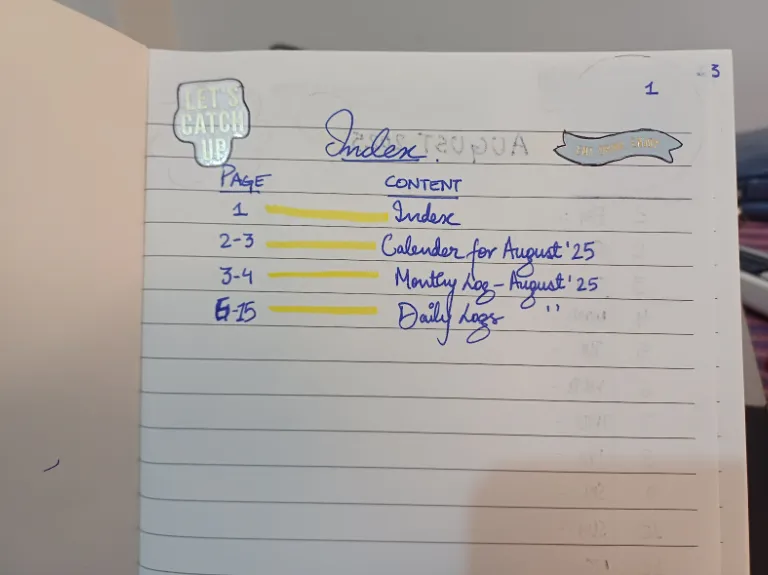
| Page | Content |
|---|---|
| 1 | Index |
| 2–3 | Future Log |
| 4 | January Log |
| 5–10 | Daily Logs |
This is a great place to practice how to make a key for a bullet journal and how to layout bullet journal.
Step 3: Create the Future Log
Turn to the next blank page and divide it into sections for the upcoming months (e.g., 6 months per page). Use the lines to keep your entries straight. This is also an opportunity to try how to draw a calendar in a bullet journal.
- Write the month at the top of each section.
- List important dates, deadlines, birthdays, or goals for each month.
- If you use digital tools, explore how to create a bullet journal in onenote or how to make a digital bullet journal.
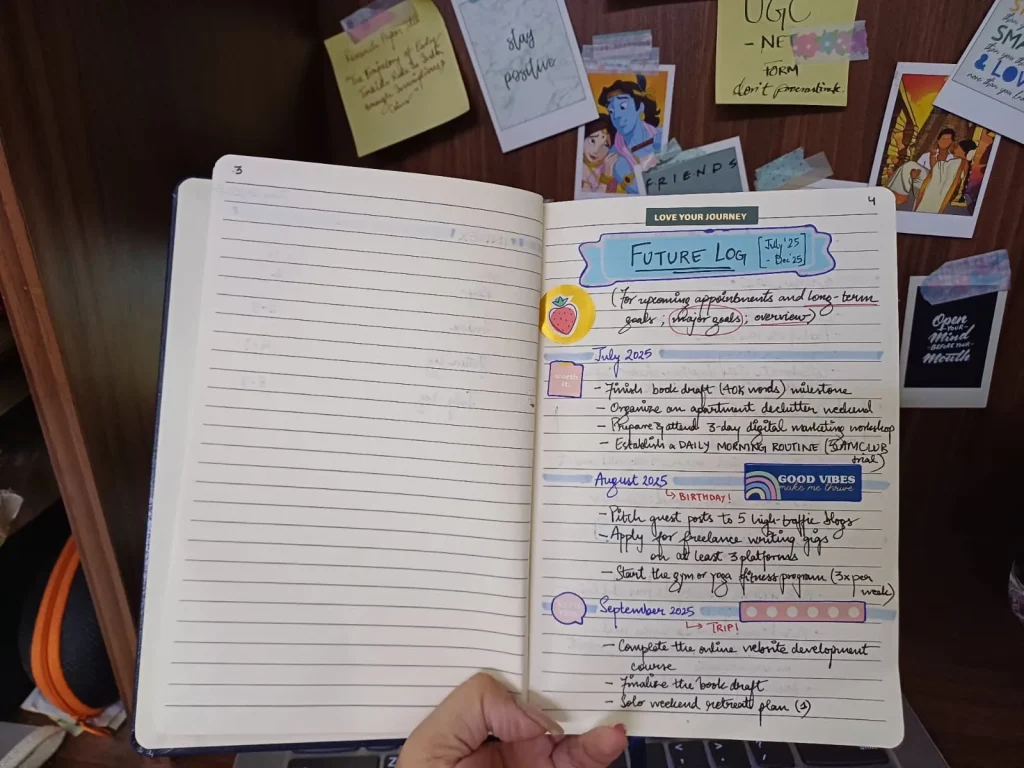
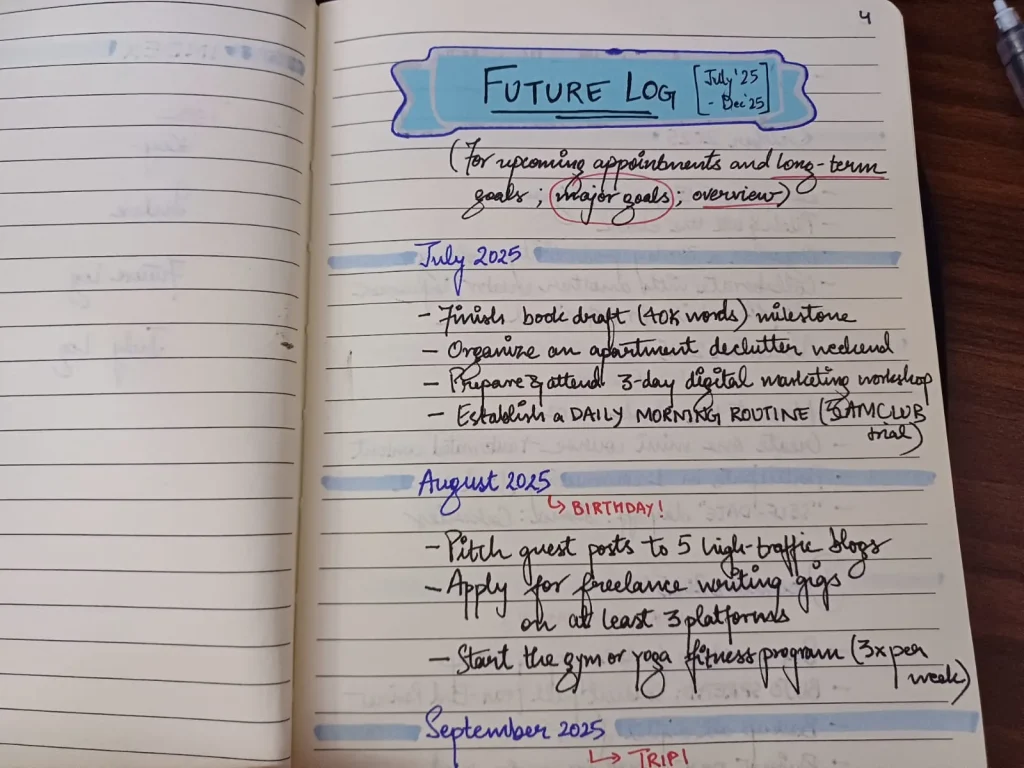
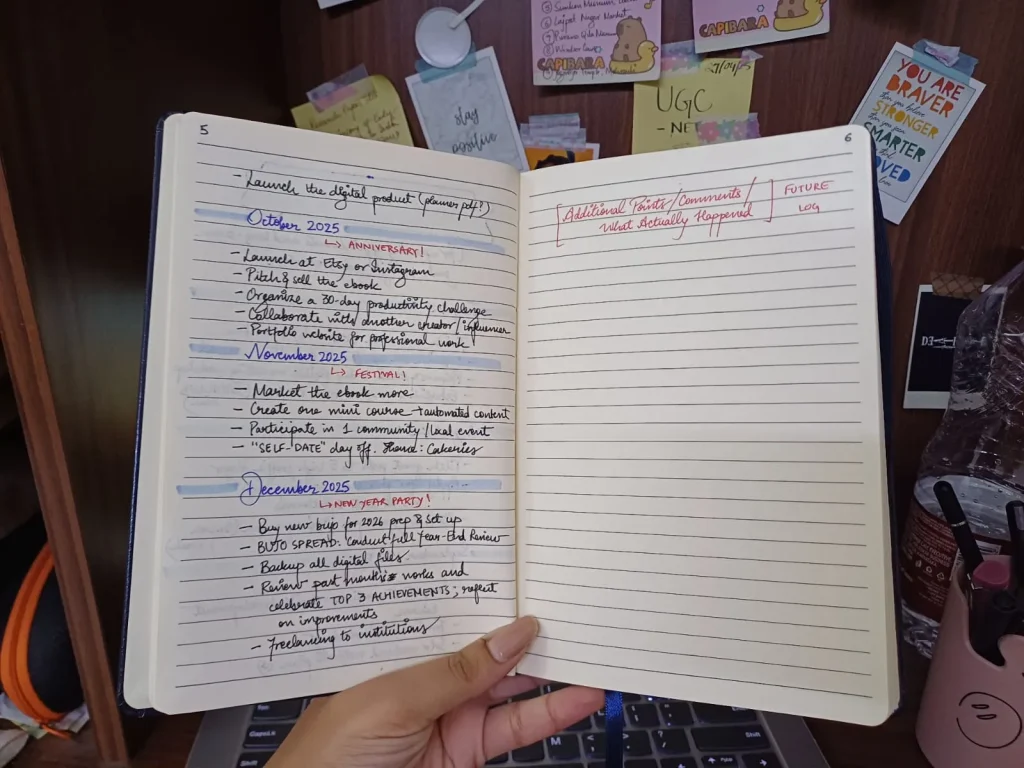
Step 4: Set Up Your Monthly Log
- Write the month and year in a bold or highlighted style at the top.
- Add a “Main Goals” heading and list your primary objectives for the month.
- Below, add a “Task List” and list all actionable steps in a numbered format.
- Use boxes, highlights, or symbols to differentiate between sections and make your log visually appealing.
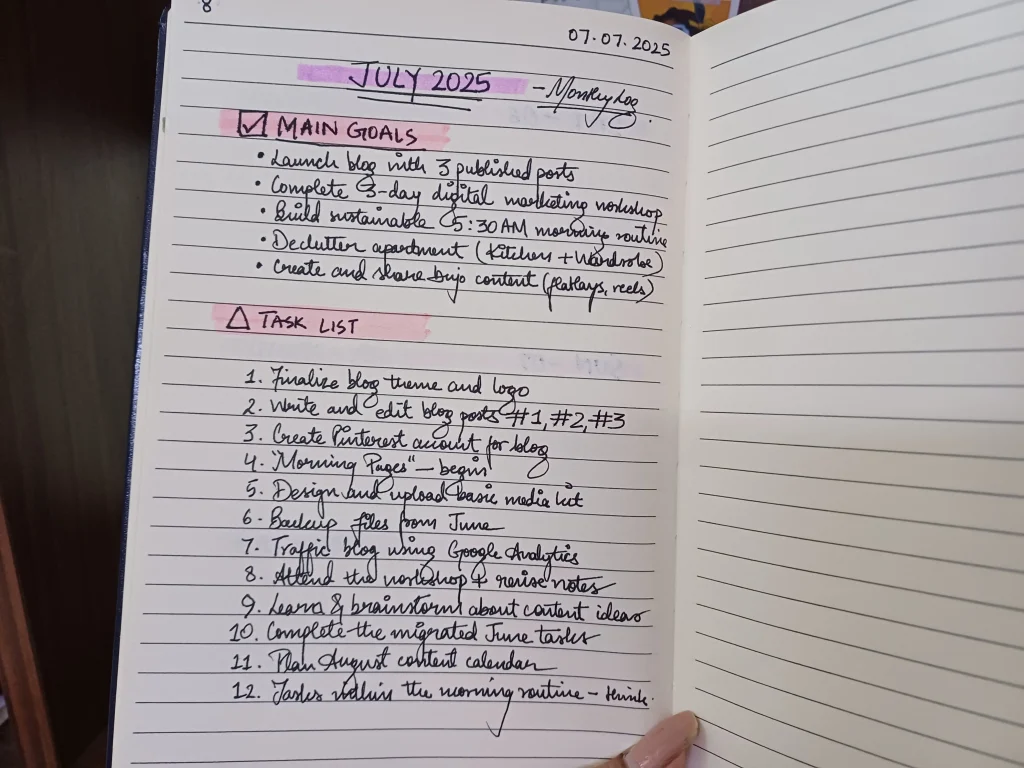
This is a good time to experiment with how to write bullet journal calligraphy, how to decorate bullet journal, and how to draw banners for bullet journal.
Step 5: Start Your Daily Logs
Each day, start a new entry:
- Write the date at the top.
- List your tasks, events, and notes using bullet journal symbols:
- Task:
- - Event:
◦ - Note:
* - Completed:
Xor a tick - Migrated:
>
- Task:
You can adapt these symbols or create your own, and try how to maintain a bullet journal and how to start a simple bullet journal.
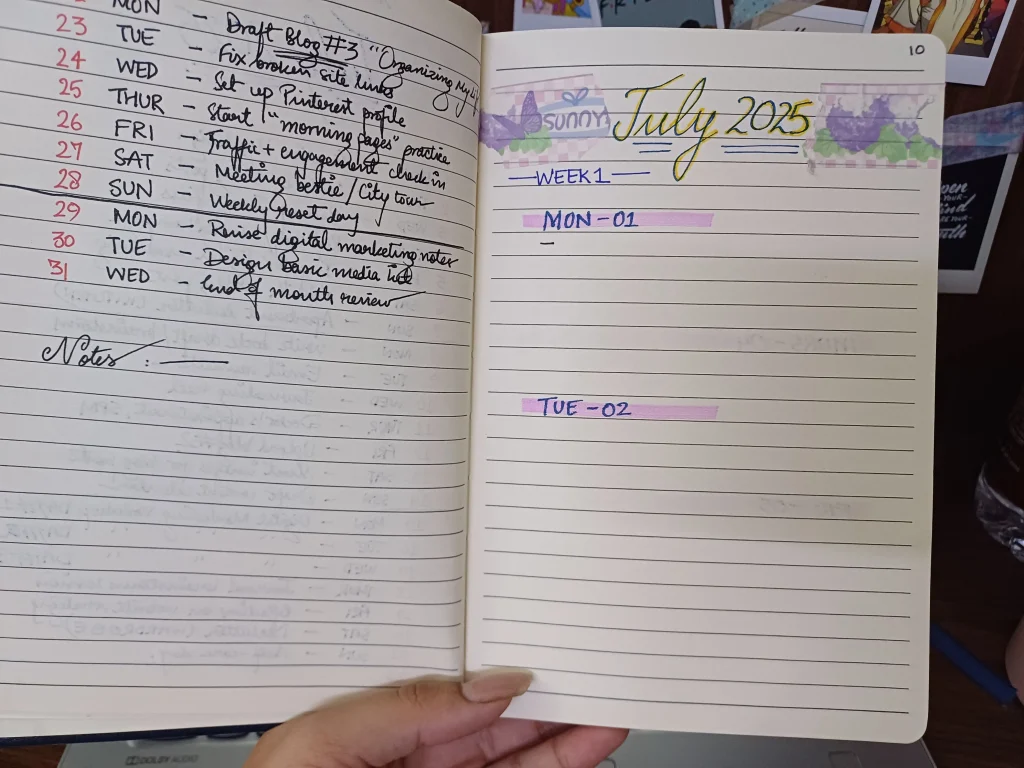
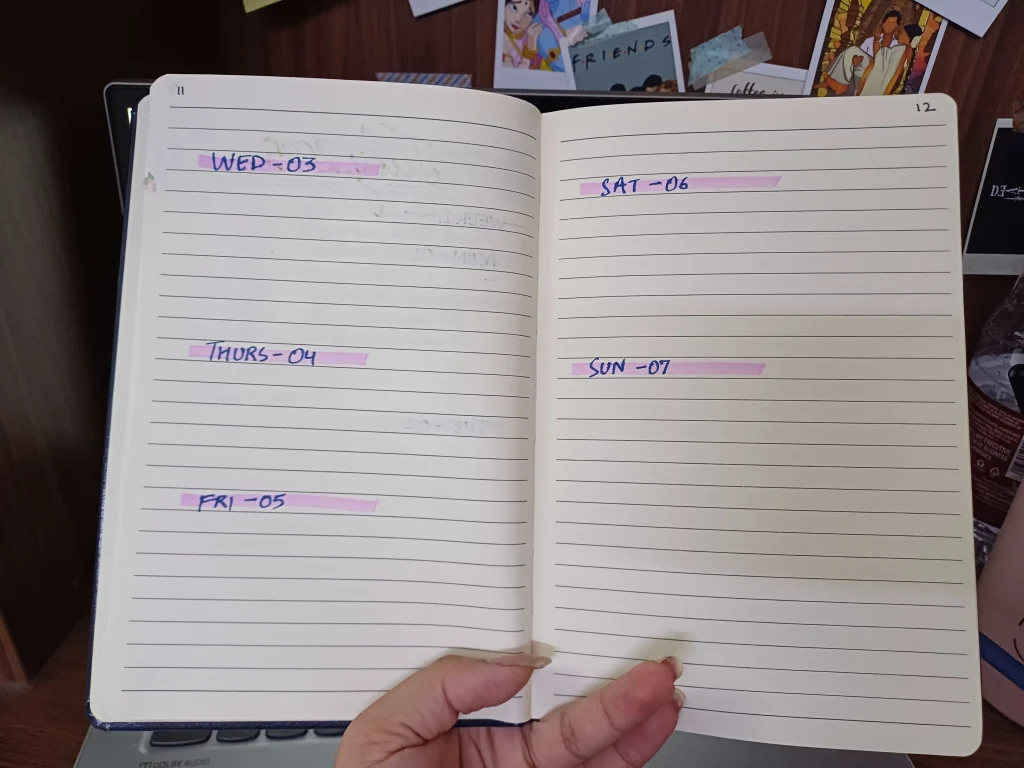
Step 6: Add Collections
Collections are themed pages for specific topics:
- Books to read
- Habit trackers (how to do a habit tractor in a bullet journal)
- Expense logs
- Meal plans
- Gratitude logs
To create a collection, start a new page, give it a title, and record its page number in your Index. Try how to put your ideas in bullet journal and how to combine bullet planner with personal journal for more ideas.
Step 7: Personalize Your Journal
- Use colored pens to highlight important tasks or events.
- Add doodles or stickers (bullet journal doodles how to).
- Create banners or headers (how to draw bullet journal headers).
- Use washi tape to mark important pages (how to use washi tape in bullet journal).
- Decorate your cover (how to decorate your bullet journal cover) or first page (how to decorate first page of project bullet journal).
- Try how to improve your handwriting bullet journalbullet journal for a neater look.
Remember, perfection isn’t the goal—functionality and enjoyment are.
Tips for Bullet Journaling on Lined Paper
- Embrace the lines: Use them to align your writing, create columns, or separate sections.
- Divide pages: Use a ruler to draw vertical lines for trackers or lists.
- Number your pages for easy indexing.
- Use sticky notes for temporary lists or reminders.
- Experiment with layouts (how to layout bullet journal), and try digital alternatives like how to make a bullet journal on phone, how to make bullet journals on android, or how to create a digital bullet journal with evernote.
- If you want to use apps, explore how to use bullet journal app.
Sample Layout Ideas
Monthly Overview Table
| Date | Event/Task |
|---|---|
| 1 | New Year’s Day |
| 5 | Doctor’s appointment |
| 12 | Project deadline |
Habit Tracker Table
| Habit | M | T | W | T | F | S | S |
|---|---|---|---|---|---|---|---|
| Exercise | |||||||
| Meditate |
Books to Read Collection
| – Epigraphia Indica Vol. III – How To Do Epic Shit – The Great Gatsby – Atomic Habits |
Try adding a mood tracker (how to make a mood tracker bullet journal), a tv show tracker bullet journal, or use it for work (how to use bullet journal for work), school (how to set up a bullet journal for school), or project management (how to use bullet journal for project management).
Overcoming Common Challenges
- Worried about mistakes? Use correction tape, stickers, or just turn the page.
- Running out of space? Continue your log on the next page and update the Index (how to add pages to bullet journal).
- Not artistic? Focus on function over form (how to bullet journal when you re not artistic).
- Need motivation? Try how to keep yourself motivted to follow bullet journal.
- Want to track goals? Learn how to start a bullet journal to achieve goals or how to use a bullet journal for weight loss.
- Prefer digital? Try how to use trello as a bullet journal.
Why Bullet Journaling Works
Bullet journaling is more than just a planner—it’s a mindfulness practice. Writing things down helps clarify your thoughts, set priorities, and track progress. Using lined paper removes the barrier of needing the “perfect” notebook, so you can focus on what matters: organizing your life in a way that works for you.
Final Thoughts
You don’t need a fancy notebook to start bullet journaling. With lined paper, a pen, and a little creativity, you can build a system that keeps you organized, productive, and inspired. The key is to make it your own, adapt as you go, and enjoy the process. Try out how to make your own bullet journal, how to write quotes in a bullet journal, or even how to make a bullet journal in keynote. Happy journaling!

